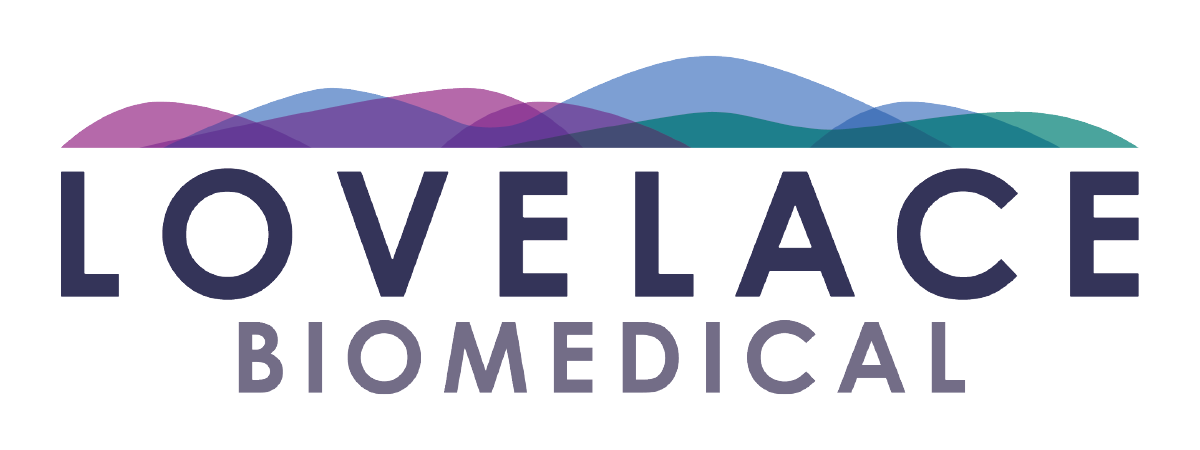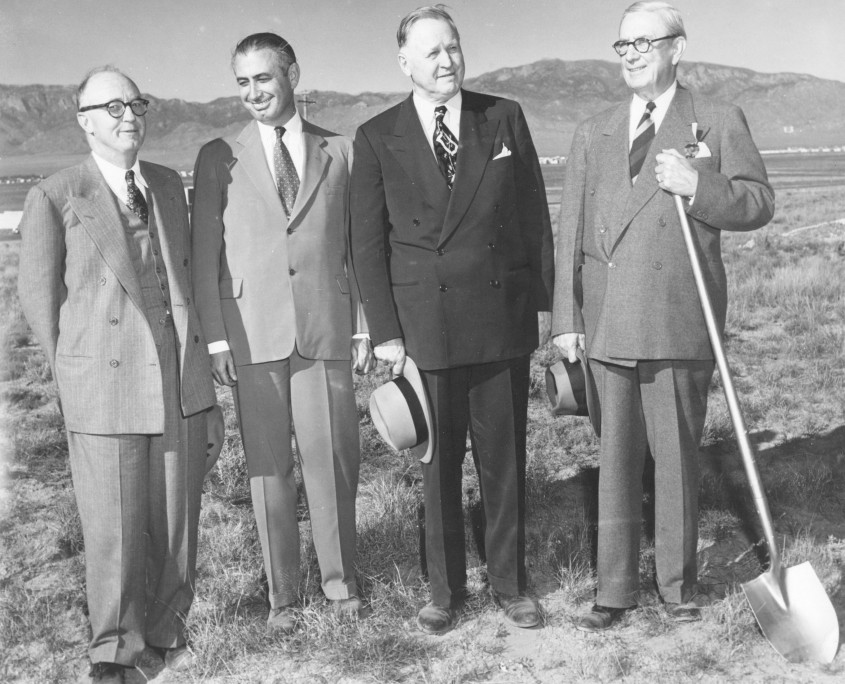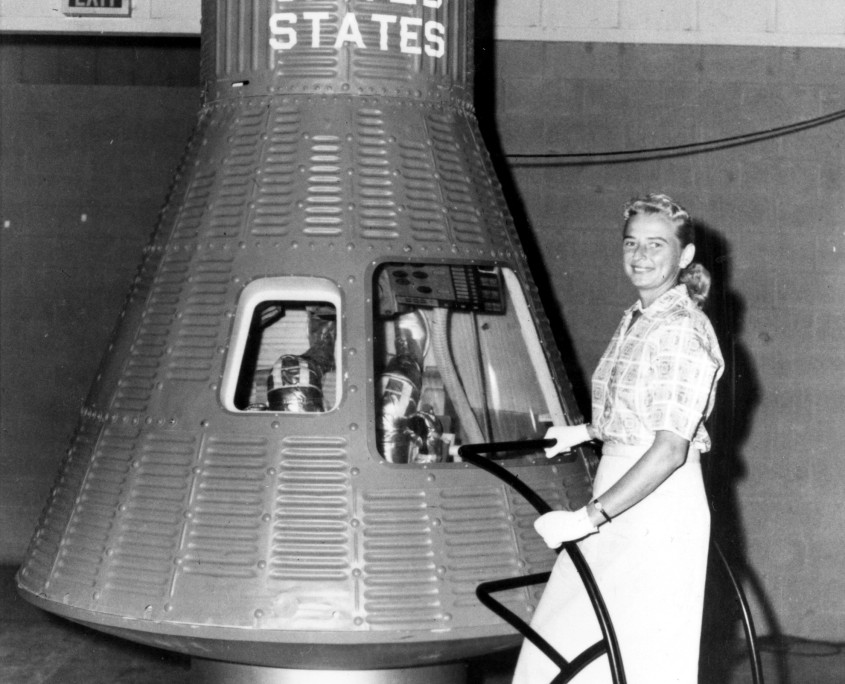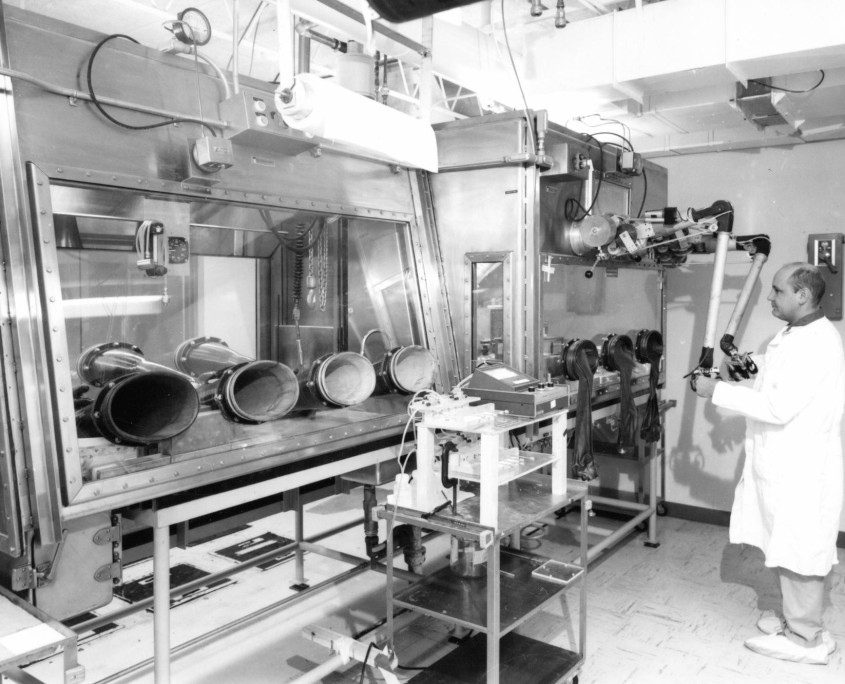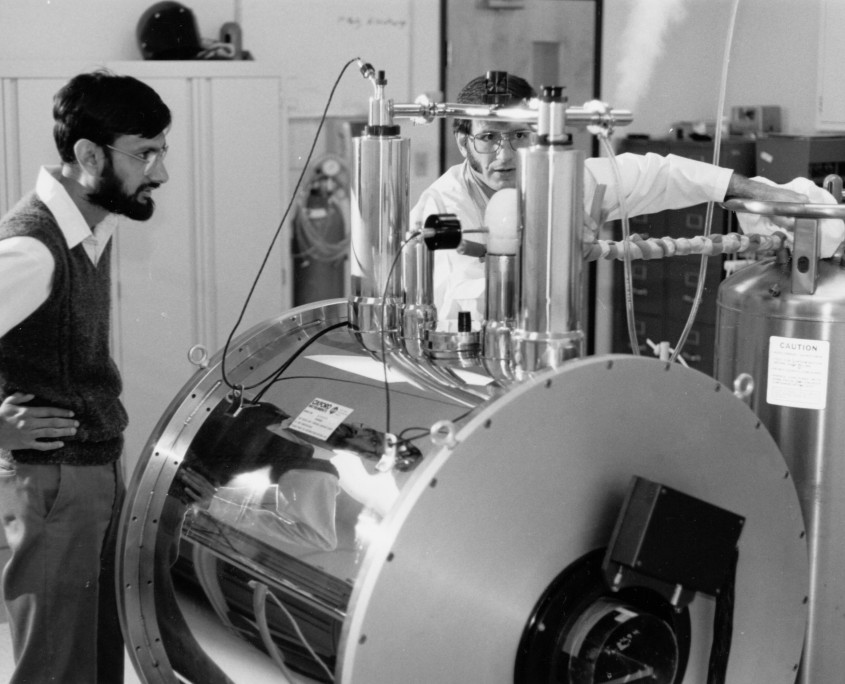Our History
Our History
1947
It All Started in 1947
That’s when Dr. William Randolph “Randy” Lovelace II, an acclaimed surgeon and Harvard medical graduate, established a much-needed specialty medicine clinic and nonprofit medical foundation in Albuquerque, New Mexico.
Originally known as the Lovelace Foundation for Medical Education and Research, Lovelace Biomedical stands today as one of the nation’s largest independent, not-for-profit organization conducting basic and applied research to advance novel therapeutics into the clinic and beyond.
Over the years, the organization’s research operations expanded in size, scope and recognition—very much in parallel with the advances of the medical and health care industry overall. Initially funded predominantly by government contracts to execute cutting-edge projects related to public health, Lovelace Biomedical has became known as a place of medical firsts and continues to build on that legacy today.
1950
Aviation Medicine and NASA
With a strong tie to the aviation community starting from its earliest days, Lovelace Biomedical became known in the 1950s and ’60s as the nation’s premier center for aviation and space medicine research. Physiological studies of commercial and military pilots led to an Air Force grant to develop a protocol for testing candidates for space flight. In 1959, under contract to the newly formed NASA, Lovelace tested 32 candidate pilots using a seven-day series of rigorous physiological and psychological tests, culminating in selection of the seven Project Mercury astronauts.
A follow-up project demonstrated that women could pass the tests with approximately the same success rate as men, leading to the immediate inclusion of women in the Russian space program. (The first U.S. woman flew into space 20 years later.) Dr. Lovelace was appointed by President Johnson as Director of Space Medicine for NASA in 1964.
1960
Respiratory Research
Lovelace Biomedical’s specialized work in the area of aerosol science far exceeds any other contract research organization. It was the first company to demonstrate that cigarette smoking causes cancer in laboratory animals—a discovery that ultimately led to greater public awareness of the dangers of smoking.
In the area of aerosol science, the in-house R&D team has developed a range of innovative measurement instruments such as the Lovelace multijet impactor, the Lovelace nebulizer for optimal delivery of fine particles, the Lovelace aerosol particle separator, aerosol dose delivery techniques for all research species and a parallel plate diffusion battery measuring particle size in aerosols.
Today, Lovelace Biomedical’s respiratory research activities include major programs in fundamental lung biology, lung cancer detection and prevention, asthma, chronic obstructive pulmonary disease, environmental inhalation hazards and more.
1980
Animal Physiology
Lovelace Biomedical has pioneered the development of new biomedical measurement techniques for a variety of species. From tools that mimic human pulmonary maneuvers, to the first successful lung transplant in dogs, Lovelace has proven time and again that it can create solutions that meet the physiological measurement needs at hand, regardless of how complex the challenge is. As a not-for-profit, Lovelace is not beholden to shareholders, and continually devotes significant resources to R&D to develop new measurement technologies.
2021
Past legacy: Lovelace Respiratory Research Institute 2000-2015
President and Chief Executive Officer Robert W. Rubin explains what makes Lovelace Biomedical a world renowned research center in respiratory, inhalation toxicology research, and more.
